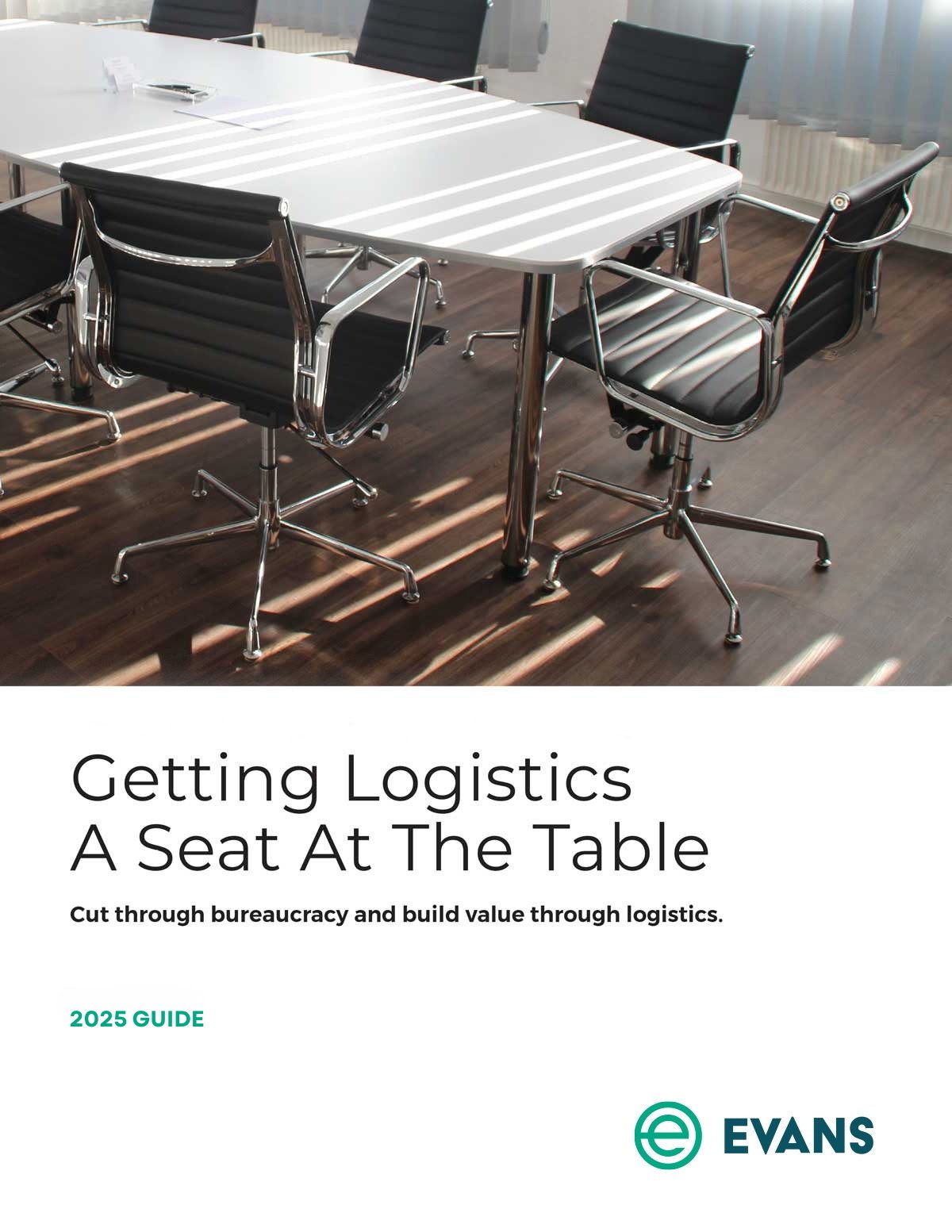Don’t overlook the need to accurately classify freight. Here are 3 tips for getting it right.
Freight classification is a major factor in determining LTL shipping rates. It may sound basic, but the reality is that shippers misclassify their freight all the time. The result: they incur huge, unnecessary fees that drive up already high shipping costs.
Taking the time to properly classify freight is critical to eliminating unnecessary costs. In addition, proper freight classification supports good carrier relationships. The current capacity crunch makes these relationships more important than ever.
Here are some important details about what goes into calculating freight class— and our best tips for how to classify freight.
The backstory on freight class
Freight classes define shipping rates and standardize them throughout the shipping industry. National Motor Freight Traffic Association (NMFTA) publishes freight classifications in the National Motor Freight Classification (NMFC) book. With a range of 50-500, the 18 freight classes represent a wide range of commodities. You’ve got many classes to narrow in order to find the right one.
You can determine class through four factors.
- Density: Density is the primary factor for calculating freight class. You divide the weight of the freight (in pounds) by the volume (in cubic feet). As a general rule, dense freight is more efficient to ship.
- Ease of handling: The handling classification represents how easy or difficult it is to load your freight. If freight requires special care or cannot be loaded mechanically, it’s more difficult to handle.
- Storage capability: “Stowability” represents the level of difficulty presented by loading and transporting your freight. If your freight is poorly packaged, outside of standard pallet dimensions, or excessively heavy, this might present a serious challenge for LTL shipping, which requires frequent loading/offloading. Some delicate items or hazardous substances may not be shipped with other items.
- Liability and value: Liability is how susceptible your freight is to loss or damage, including damage to the surrounding freight in LTL shipping. Freight that is hazardous or perishable is classified based on liability.
3 tips for how to classify freight
1. Get it right the first time
One major freight classification problem is when shippers simply do not put in the effort to accurately classify freight. Incorrect or missing information on the BOL may not seem like a big deal, but the impact to costs and relationships is real.
Say you classify all of your shipments at 70 or 50, or don’t add the NMFC code. What’s the risk? An insufficient or inaccurate BOL puts you at risk for inspection and reclassification by the carrier of your freight.
So, your freight is reclassified — sounds easy enough. And maybe you’ve done it before, even regularly. But, really, the impacts are more far-reaching than you may expect.
Upfront, you can expect higher costs. You will see increased charges related to the new freight class. The carrier will add accessorial charges for freight inspection. And more subtly, yet more significantly, you are impacting your relationship with the carrier.
From a carrier’s perspective, reclassification changes the overall profitability of your freight. They have made business assumptions based on your BOL. Whether your errors and omissions are intentional or not, inaccurate information disrupts business.
Repeated reclassification will impact your relationship with the carrier. Misclassification creates uncertainty. As the time goes on, they may be reluctant to work with you. During a time of capacity crunch, maintaining good carrier relations is paramount. Correctly classifying freight is an important way to keep things running smoothly.


